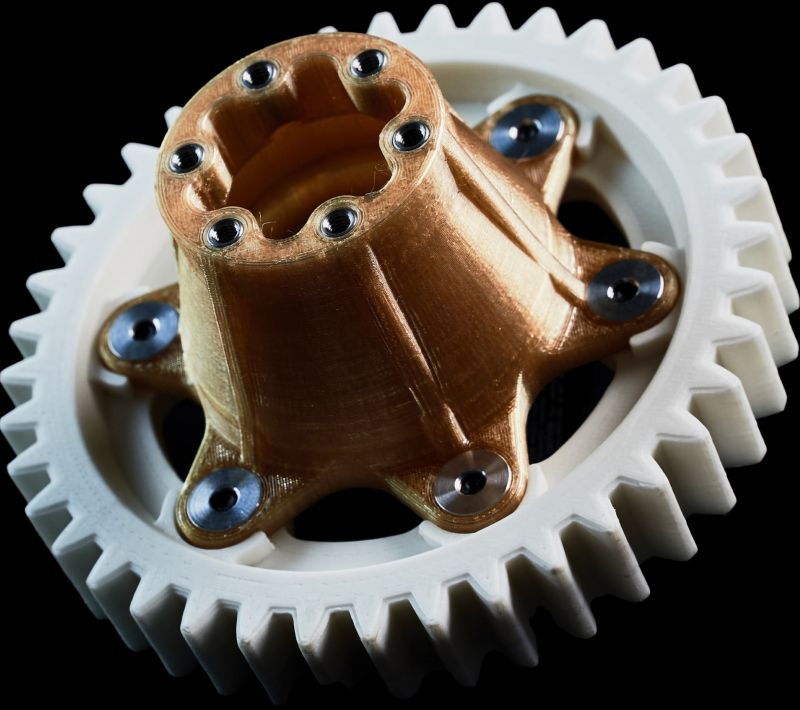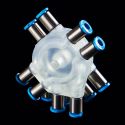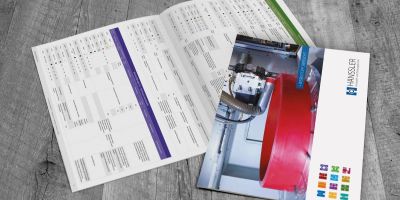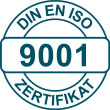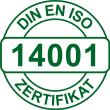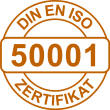Additive manufacturing
High-precision and resilient technical 3D printed components for industrial use
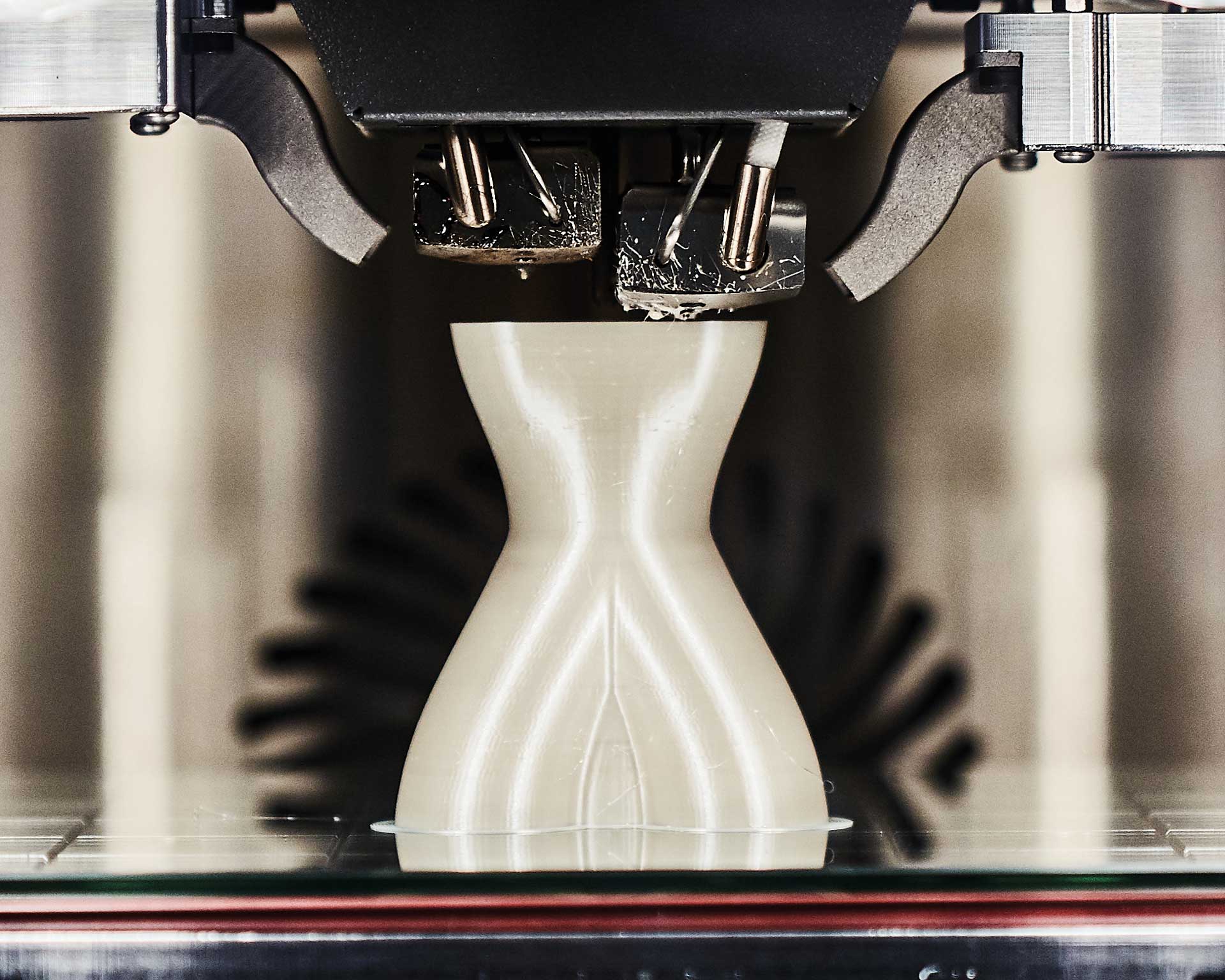
You have an idea – we print it out of plastic
Additive manufacturing, known as 3D printing, is a specialized manufacturing process that creates new opportunities for component development.
New degrees of freedom arise in the development of additive manufactured components, which are a great benefit for a wide range of applications. Especially when it comes to complex geometries, lightweight construction or special materials, industrial 3D printing is a real opportunity.
Hänssler helps to exploit these opportunities by establishing itself as a leading service provider and development partner in the additive manufacturing of plastics.
-
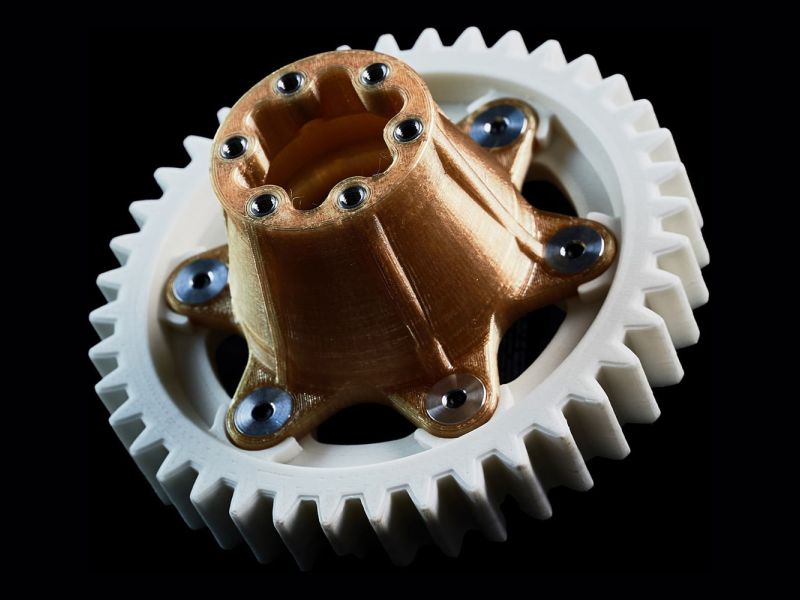 Drive unit made of Ultem 1010 and Iglidur 180 PF I FFF process
Drive unit made of Ultem 1010 and Iglidur 180 PF I FFF process -
 PET suction tube I FFF process
PET suction tube I FFF process -
 Suction device made of PET I FFF process
Suction device made of PET I FFF process -
 Plastic carrier made of PEEK I FFF process
Plastic carrier made of PEEK I FFF process -
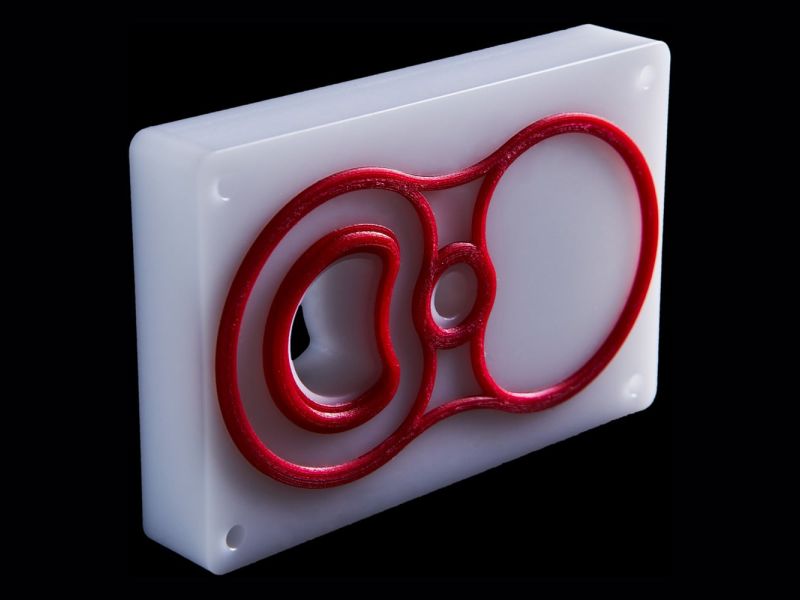 Seal made of TPU I FFF process
Seal made of TPU I FFF process -
 ABS housing with EMC coating I FFF process
ABS housing with EMC coating I FFF process -
 Housing made of PA CF I FFF process | Application: Automation
Housing made of PA CF I FFF process | Application: Automation -
 Compact compressed air distributor made of Resin Clear I SLA process
Compact compressed air distributor made of Resin Clear I SLA process -
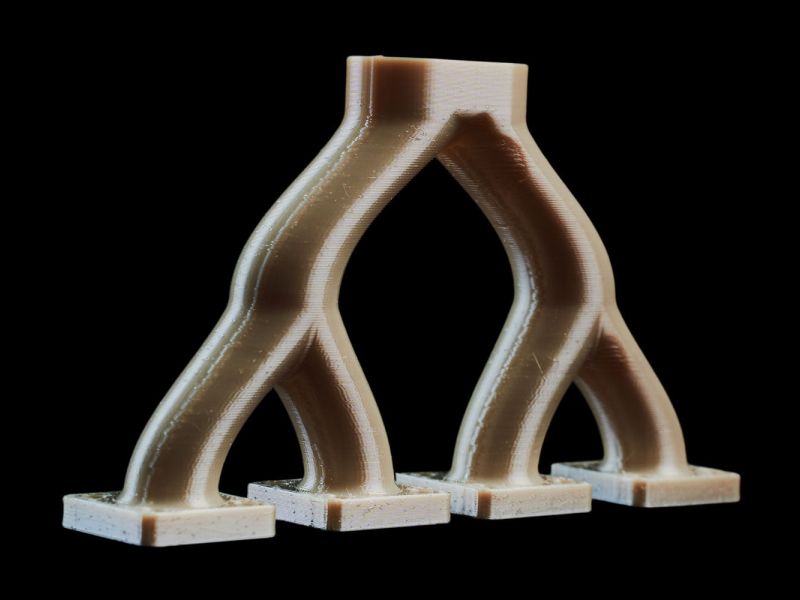 Elbow made of Ultem 9085 I FFF process
Elbow made of Ultem 9085 I FFF process -
 Connecting unit made of PPS I FFF process
Connecting unit made of PPS I FFF process -
 Test component made of PA I SLS process
Test component made of PA I SLS process -
 Gear made of PA 6 Ultem 9085 and Ultem 1010 I FFF process
Gear made of PA 6 Ultem 9085 and Ultem 1010 I FFF process
Our 3D printing service goes beyond the additive contract manufacturing of plastic parts. We are a development partner from the idea to series production and support you with our many years of accumulated know-how in the construction and design of industrial 3D printing projects.
We attach a high value to the selection of the most suitable material and its processing parameters.
You are currently viewing a placeholder content from Youtube. To access the actual content, click the button below. Please note that doing so will share data with third-party providers.
More InformationYou are currently viewing a placeholder content from Youtube. To access the actual content, click the button below. Please note that doing so will share data with third-party providers.
More InformationOur core expertise in additive manufacturing
-
flexible production and delivery in a short time
-
networked processes
-
short and exact delivery times
Discover unique technical 3D printing solutions with our experts
Examples of applications of additive manufactured parts
Materials
Here we present our available materials that are used in additive manufacturing. For each material, you will receive information on its properties and possible applications.
FAQ
We print your components up to a size of 1000 x 1000 x 1000 millimeters. If larger dimensions are required, we can realize them by assembling printed elements. We use screwed or glued connections for fixing.
This is highly dependent on the material used, the size of the component and the strength of the component later on, as well as the process used and the printer which is required. Depending on the process and component size, it is possible to produce several parts in one printing process. Our engineers specialized in this field will be happy to advise you.
We prefer to receive STEP files. From these, we generate the print files required later in STL format. This brings benefits for the manufacturing process and for you as a customer, because the later quality of a component depends mainly on the optimal file.
This depends on the material used, the geometry of the component, the 3D printing process selected and the printer used – and should be checked on a case-by-case basis. As a general rule, production is carried out in the range 0-10 millimeters according to general tolerances DIN ISO 2768-1 c, and from 10 millimeters according to general tolerances DIN ISO 2768-1 m. If more detailed measures or optimized surfaces are required, the components can also be reworked on a CNC machine in the post-process.
Hänssler offers 3D printing in industrial quality. In concrete terms, this means that our components are used in practice day after day, even under constant load. Our 3D printing engineers will be happy to work with you to find the right materials and manufacturing processes.
Definitely! In addition to unique pieces and prototypes, we produce not only small series for our customers, but also series of medium quantities. In a user story, we report on the successful series production of 300 components using 3D printing.
We process a variety of materials additively. We will be happy to work with you to find a technically suitable and compliant material for your demanding application.
For example, we print seals and sealing lips from the elastomer TPU in Shore hardness A 95, some of which are difficult or impossible to produce by conventional means. 3D printing also performs well in sealing technology, especially when it comes to small diameters.
In principle, yes. Especially for concrete casting or casting resins, individual molds can be designed with manageable effort. 3D-printed components are also used as negative molds for laminating molds. Please also read our user story. With all processes, it should be noted that the surface should be covered after 3D printing in order to be able to remove the molded component from the mold.



